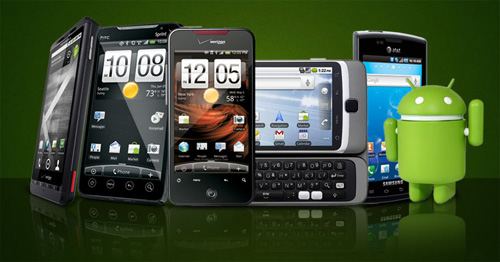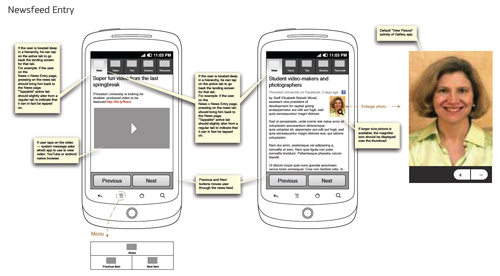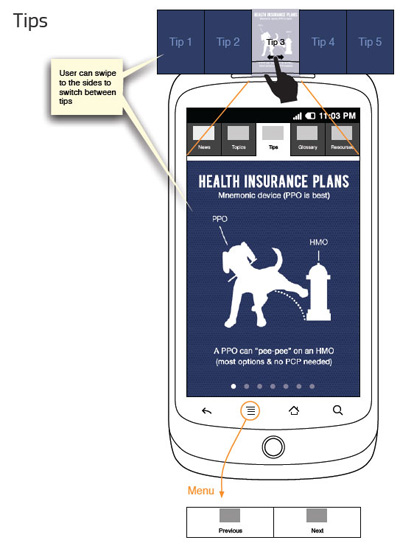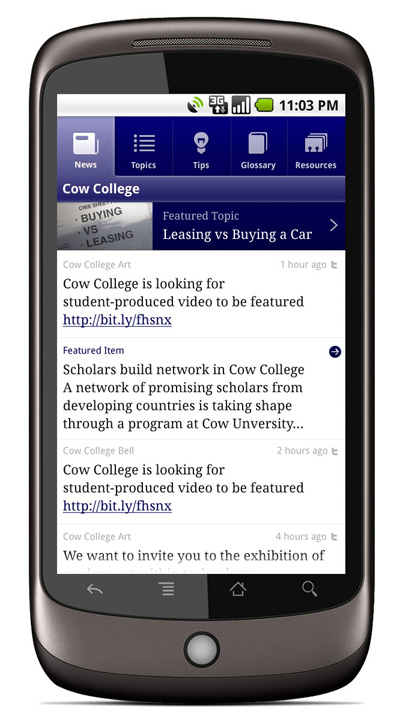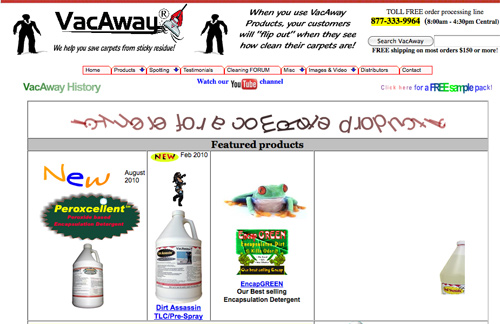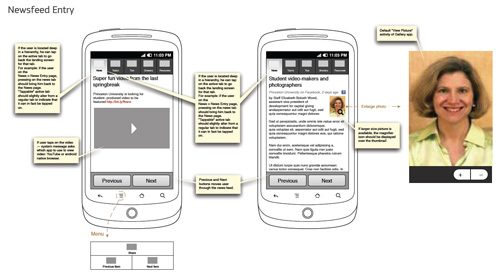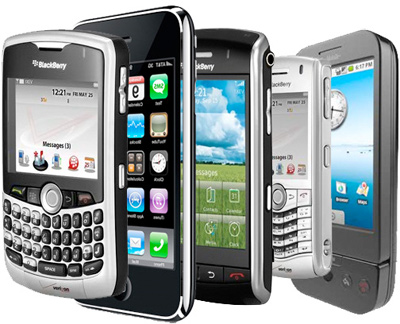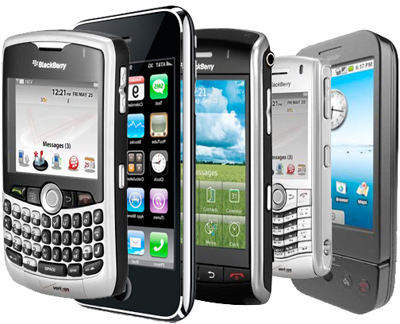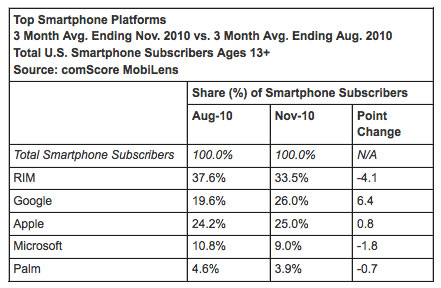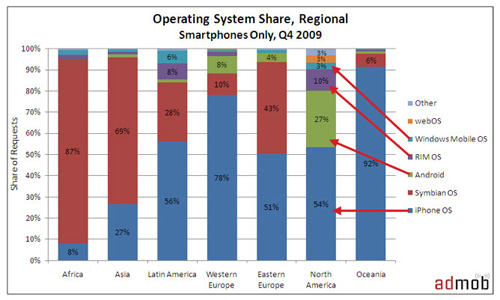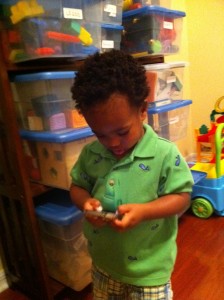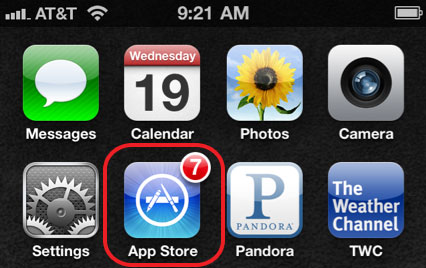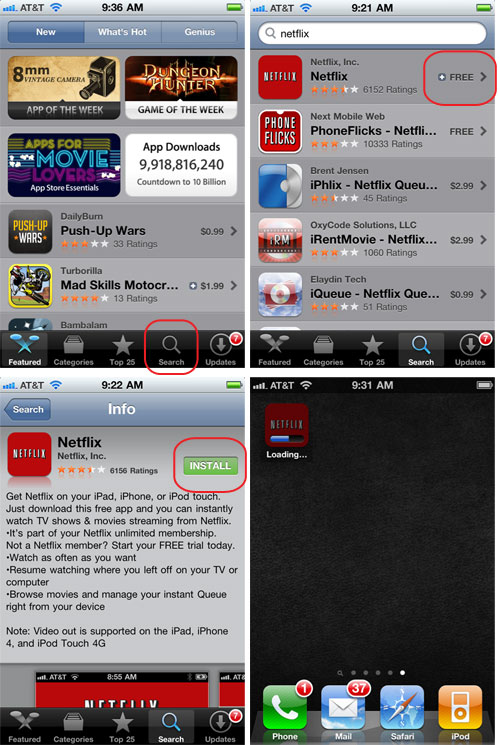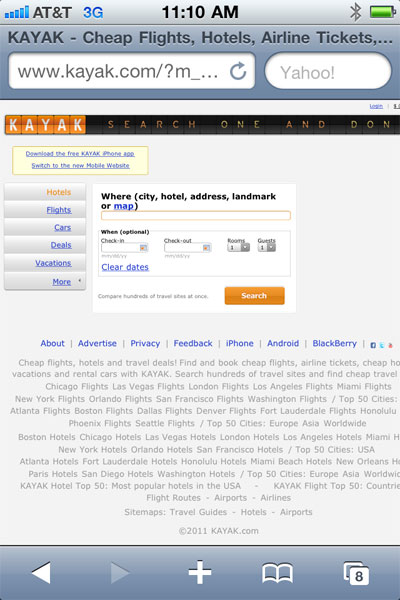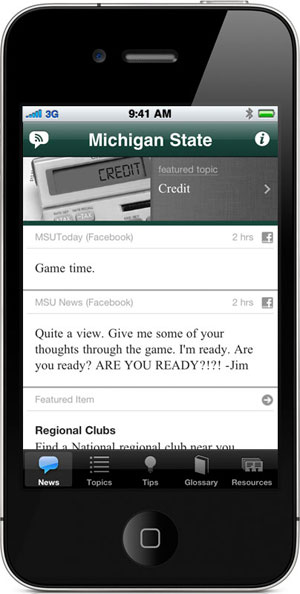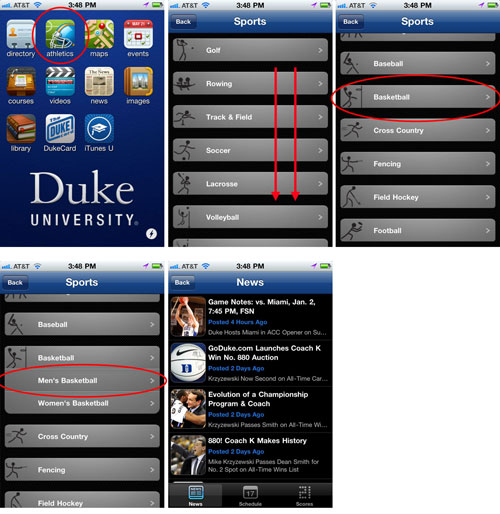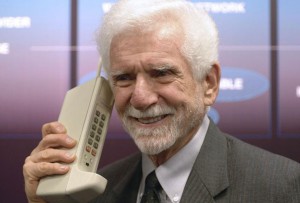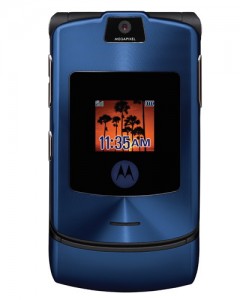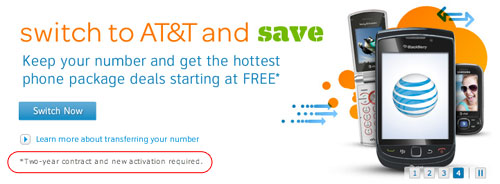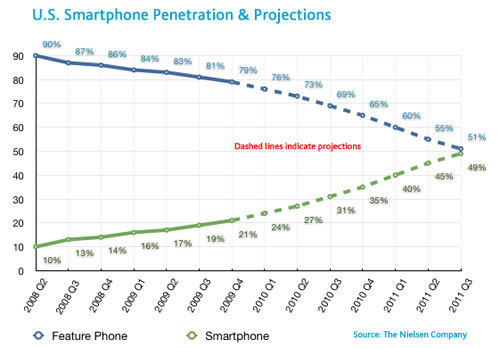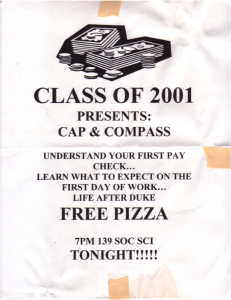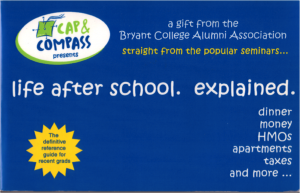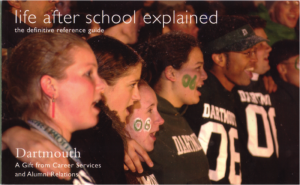Android App is Launched
It’s official – our mobile app, crib sheet, has joined the Android party.
What’s Android?
Google is the maker of Android software, which they give away to carriers (like Verizon) so that phone users like us search more on Google. Consequently, you’ll find Android software just about everywhere (e.g. Droid, Evo, Galaxy, HTC Hero, Captivate, and many more).
Why Android Matters
There are as many (if not more) Android phone users as there are iPhone users. This means our “crib sheet” app can now reach double the number of potential users.
In the coming year, we expect it will mean even more – Android is big and about to explode.
The Birth of our Android App
Our Android development process began in January 2010, soon after we rolled out our app on the iPhone, with the search for a new design and coding team.
Android phones are completely different animals relative to the iPhone:
– different navigation (Android devices have built-in “back” and “menu” buttons)
– wider universe of phones and operating systems
– multiple screen sizes
– various input methods (keyboard and/or touchscreen)
– completely different coding language.
You’d be surprised at how seemingly trivial changes, like a keyboard or a “back” navigation button, can fundamentally change how you design an app relative to the iPhone.
I started by contracting with one of the best designers in the industry. He helped me see our app in new ways, and suggested valuable improvements to functionality and flow.
We began with some big picture “wireframes” (like blueprints for a house):
Then got more specific:
After weeks of revisions, my designers created multiple pixel-by-pixel specific screens:
These plans were finally delivered to my talented team of coders. Months of back and forths, testing, fixes, and now we’re live.
And the app is beautiful.
See Our Android App
If you have an Android device, search the Android Market for “crib sheet” to see all of our customers’ apps. It’s free.
If you don’t have an Android device, there are over 300,000 activations per DAY. So you probably know someone that DOES.
Our app works on over 95% of all Android phones (all but the oldest models – OS 1.6 and above). We think users will love it.
